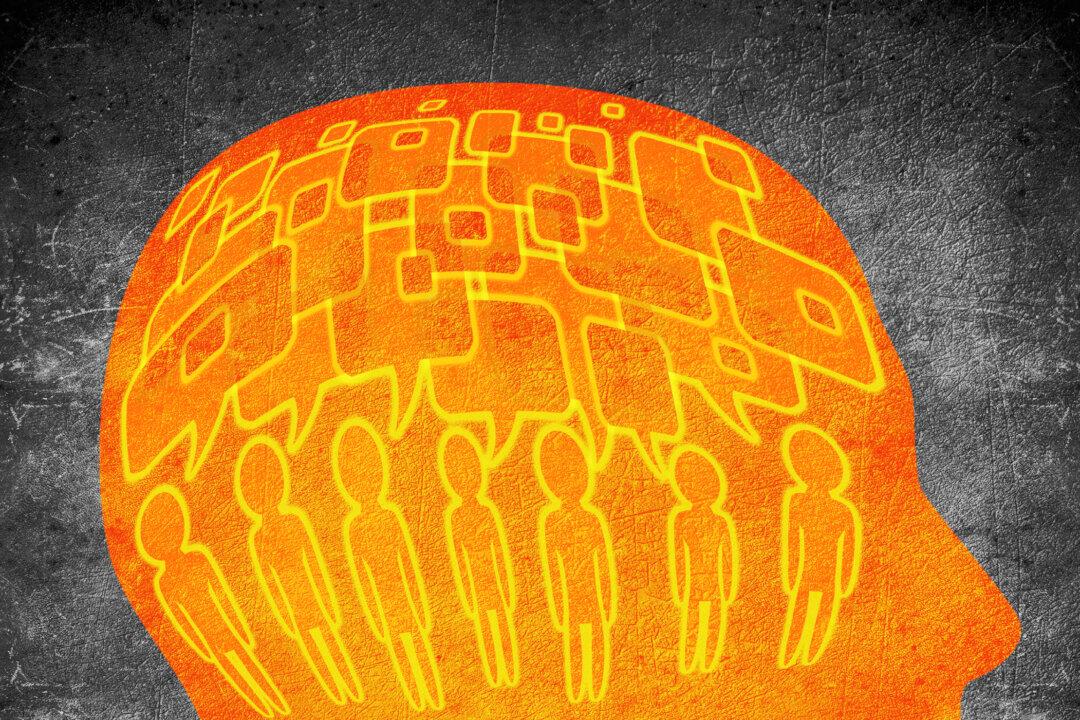Studies at Princeton University have suggested that two or more minds that hold the same thought or emotion simultaneously may have a tangible effect on physical surroundings. The power of thought is not just ideological. It manifests physically. Cohesion between individuals ramps up this power.
Roger Nelson coordinated research in the Princeton Engineering Anomalies Research (PEAR) laboratory for more than 20 years. He is now the director of the Global Consciousness Project, a collaboration between researchers worldwide to test the power of human consciousness.





